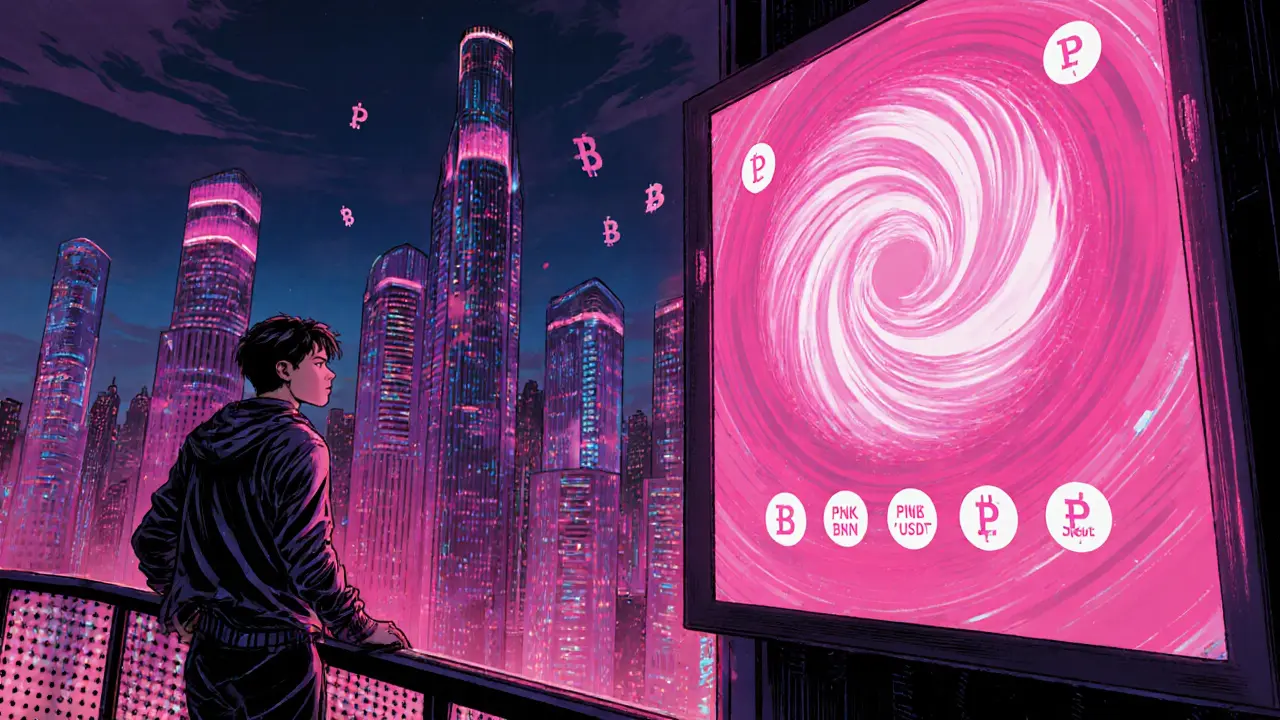PinkSwap Crypto Exchange Review 2025: Features, Liquidity & Risks
- Brandon Keys
- 10 01 2025 Cryptocurrency Reviews
A 2025 review of PinkSwap crypto exchange covering features, liquidity, fees, security, and suitability for traders.
When working with PinkSwap fees, the charges applied when swapping tokens on the PinkSwap decentralized exchange. Also known as swap costs, they determine how much of each trade goes to liquidity providers, the protocol treasury, and any layer‑2 scaling solution. Understanding PinkSwap fees helps you estimate trade expenses and compare them with other DEXs. Liquidity providers, users who lock assets into pools to earn a share of transaction fees rely on these fees for income, while Layer 2, off‑chain scaling networks that reduce on‑chain gas costs can lower the effective fee you pay. In short, PinkSwap fees encompass the protocol’s fee model, impact trader costs, and support ecosystem incentives.
The PinkSwap fee model requires a split between a base swap fee and a possible rebate for active liquidity providers. The base fee is usually a fixed percentage of the trade value, often around 0.30%, and is influenced by market conditions and the specific token pair. A portion of that fee—commonly 0.05%—is routed back to the pool’s liquidity providers as a reward, creating a direct link between liquidity depth and fee revenue. This relationship means deeper pools can offer lower slippage and more stable pricing, while also giving LPs a steady income stream. Additionally, when PinkSwap operates on a layer‑2 network like Optimism, the underlying gas fee drops dramatically, enabling traders to experience a lower effective fee even though the on‑chain percentage stays the same. The fee structure also affects arbitrage opportunities: traders who can move quickly between PinkSwap and other DEXs can capture the spread created by differing fee tiers.
For anyone planning to trade or provide liquidity on PinkSwap, knowing how fees are calculated is the first step to optimizing returns. Below you’ll find a curated set of articles that break down everything from fee formulas and real‑time fee dashboards to advanced strategies for minimizing costs and maximizing LP earnings. Whether you’re a casual swapper, a DeFi farmer, or a developer building on the PinkSwap protocol, the posts that follow give you practical insights, step‑by‑step guides, and up‑to‑date data so you can make informed decisions without guessing about how much each trade will cost.

A 2025 review of PinkSwap crypto exchange covering features, liquidity, fees, security, and suitability for traders.